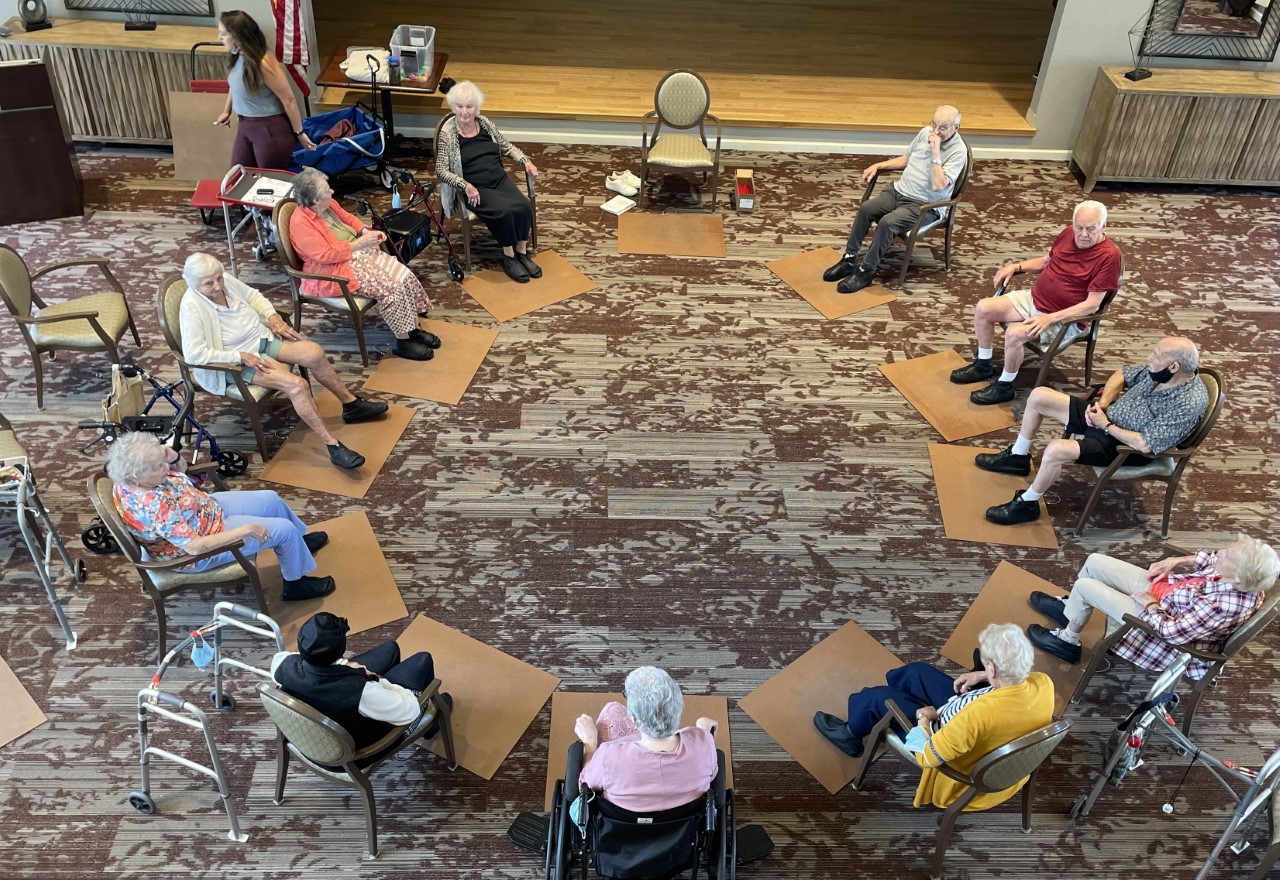According to the Centers for Disease Control and Prevention (CDC), the average life expectancy in the United States is 77 years old. With an average national retirement age ranging between 62 – 65 years old, many American men and women live for several decades after leaving the workforce, which is why exercise is key to maintaining and improving mobility throughout one’s life.
“Retirement brings great opportunities; mobility is a key factor toward pursuing them.”
For a lot of older adults, retirement is the time to travel, take on new hobbies and interests or tackle new projects. For others, physical disabilities, injuries or limitations can make it difficult to stay active and mobile.
Older adults often face mobility issues. Mobility issues are defined as difficulties that seniors have with getting around physically, whether indoors or outdoors. According to an NIH study, mobility loss occurs mostly in seniors and is usually a result of multiple impairments in the central nervous system, muscles, joints and energetic and sensory physiological systems. In addition to the physical effects, mobility issues can also impact mental and emotional health as well as quality of life.
While it is true that the natural aging process can make seniors more prone to injuries and joint problems, like arthritis, avoiding physical activity altogether can increase the risk of physical and mental health issues such as obesity, heart disease and depression.
Finding the right combination of exercise and lifestyle modifications can help older adults increase mobility and stay more socially engaged with their family and friends.
How to Improve Mobility in Older Adults
Getting older does not necessarily mean a person has to give up beloved physical activities. Even if playing competitive soccer or going to the tennis court multiple times a week is no longer safe or feasible, exercise and mobility are still essential later in life.
Try to find modifications or alternatives to physical activities that may no longer be appropriate or safe. Activities that incorporate balance and coordination, stretching, strength training and cardio are especially important for older adults.
Safe and effective stretching exercises are particularly beneficial for older adults and seniors to improve flexibility and help with balance and coordination.
Focus on crucial areas such as:
- Neck
- Shoulders
- Biceps/upper arms
- Hips
- Hamstrings
- Quadriceps
- Ankles
Beneficial Exercises for Seniors to Improve Mobility
Before starting any physical fitness routine, consult with a physician first to ensure the activity is safe. Even a walk around the neighborhood can be deceptively challenging. To prevent injuries and maximize physical benefits, be sure to properly warm-up and stretch beforehand. It is also important to wear appropriate shoes with adequate support and comfortable, properly fitting clothing.
Low-impact activities offer many health benefits and low risk of injury for seniors with mobility issues. Some of the safest and most enjoyable exercises for seniors and older adults include:
- Walking/hiking
- Yoga
- Tai chi
- Ballroom dancing
- Swimming
- Cycling
- Light jogging
Exercising and participating in low-impact activities can also improve mental health. This is especially important as stress, depression and anxiety can lead to isolation and loneliness— two growing issues for seniors in particular.
Relaxation exercises, such as meditation practice, are also an important part of a comprehensive wellness plan for seniors and older homebound adults at risk for mobility problems and physical ailments. Learn about other ways to improve cognition and emotion here.
Mobility Benefits of Assisted Living and Active Retirement
As important as physical activity is for seniors, safe and functional mobility involves more than the ability to exercise. When living alone or staying at home is no longer an option for a senior, an assisted living or active retirement community can offer all of the benefits of living independently with the additional resources and support necessary to safely move around and stay active without risking serious injury or social isolation.
Staying active and increasing mobility in seniors contributes to overall physical, emotional and mental well-being. Becoming familiar with stretching exercises, as well as safe, low-impact activities, can help older adults determine what kind of physical activity makes the most sense for them. Also, the benefits of health and retirement communities may make it easier for seniors to get the exercise they need and continue to sustain healthy mobility.




